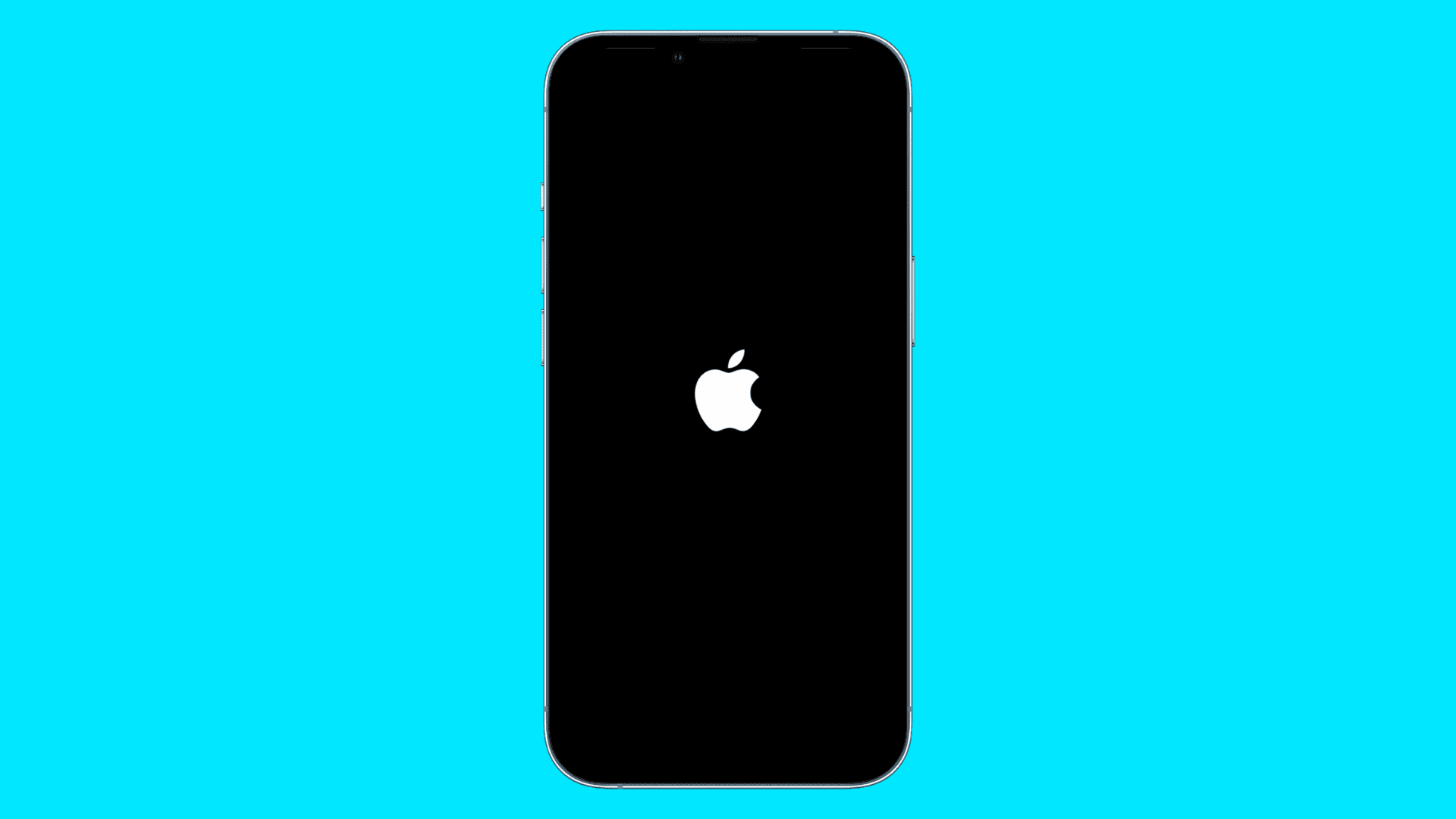As a jailbreak tweak tester, it’s not uncommon for me to experience what many jailbreakers would describe as a respring loop after installing a buggy or conflicting add-on. While it can be a major inconvenience, the good news is that respring loops are generally easy to recover from.
What is a respring loop?
Just as the name suggests, a respring loop is when your iPhone appears to respring repeatedly without ever fully starting back up again. The result is that you’re left with a black screen or a black screen with a white spinner like the one depicted below:

Unlike a regular respring, where the device exhibits the black screen with the white spinner and then shortly comes back online, a respring loop can last for minutes or hours without coming back online. For this reason, it interrupts device usage and needs to be addressed as quickly as possible.
Fixing a respring loop
If you should ever find yourself in a respring loop, there are a few different steps you can take to fix it. I should add that there appear to be different severities when it comes to respring loops. While some are fixed quickly and easily, there have been times where my ordinary methods haven’t worked, and I’ve had to resort to more extreme measures. I’ll attempt to discuss all those methods below.
Method 1: Force a restart
Since most jailbreaks these days are semi-untethered or semi-tethered, this means that they depend on the user re-jailbreaking the device after a hard restart. This can be used to your advantage if you’re stuck in a respring loop because the respring loop is generally caused by bad jailbreak tweak code and booting into a non-jailbroken state halts any code execution related to your jailbreak.

You can force a restart at any moment by:
- Quickly press and release the volume up button
- Quickly press and release the volume down button
- Press and hold the side button until an Apple logo appears
When the Apple logo appears, you can release the side button. You do these three things in that exact order in rapid succession and your device should forcefully reboot. When it comes back up again, you are free to try re-jailbreaking.
This method works on notched iPhones as well as iPhones with haptic Home Buttons. If your iPhone has a real Home Button without the haptic capabilities, such as the iPhone 6 and earlier, then you can force a restart on that device via the instruction below:
- Press and hold the sleek/wake button and Home Button until an Apple logo appears
When the Apple logo appears, you can release the sleep/wake button and Home Button. After the device reboots and comes back up again, you are free to try re-jailbreaking.
Method 2: OpenSSH and respring
If a respring loop isn’t responding, and you have OpenSSH installed on your jailbroken device (which you always should), then you may be able to use a terminal application on your computer to kick it out of a respring loop and into Safe Mode, in which you can remove the offending jailbreak tweak.
You can try kicking a device out of a respring loop and into Safe Mode via OpenSSH by:
- Log in via a terminal application with the
ssh -l root <IP Address>command - Use
alpineas the default password (unless you changed it, which you should have) - Enter the
killall -SEGV SpringBoardcommand to enter Safe Mode
With your device now in Safe Mode, you can remove the jailbreak tweak that started all this funny business in the first place. Once done, you can exit Safe Mode and boot back into a normal jailbroken state to resume regular jailbreaking activities.
This method works with most terminal applications, such as the Command Prompt or PowerShell program in Windows or the Terminal app on macOS or Linux.
Method 3: Drain the battery
If you don’t have access to OpenSSH because you never installed it or don’t have a computer handy, or perhaps the first method isn’t responding, then one nuclear way to win this battle with a respring loop is to simply let the battery of the device in question run out.

Indeed, this will take time; but every single time I’ve ever had a respring loop, my device tends to get warm, and this is because the processor is very busy during this process. Consequently, respring loops eat up a lot of battery, so it will be a lot quicker for your battery to drain in this problematic state than it would be normally.
After the battery dies, you can charge it back up and the device should then boot back up into a non-jailbroken state. At this point, you’re free to try re-jailbreaking.
Bonus tip: Use no jailbreak tweak mode
If returning to a jailbroken state in methods 1 or 3 above cause you to go back into a respring loop because the problematic jailbreak tweak process starts all over again, then you may need to reboot your device into no jailbreak tweak mode.
Various jailbreaks support this feature, including the Dopamine jailbreak for iOS & iPadOS 15 and 16. The feature you’re looking for in the Dopamine Settings is Tweak Injection:

By turning this toggle switch off the next time you re-jailbreak your device, all jailbreak tweaks will stop working and you can remove the offending jailbreak tweak from your package manager before turning off no jailbreak tweak mode.
Wrapping up
Respring loops are never fun, and they can even be particularly nerve-wracking, but the good news is you aren’t completely out of options when it happens to you. Don’t rush to restore your device to the latest software version and lose your jailbreak just because you end up in one. Take your time to troubleshoot, and you just may recover from it unscathed.